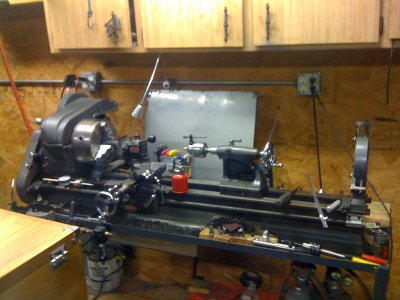- Joined
- Nov 16, 2012
- Messages
- 5,596
-And once you get your expensive round metal plate, you need to spend a good bit of time making it perfectly fit your lathe and chuck.
For screw-on types, the work is not as complicated because there's not much you can do but D1-x types need a good bit of work. When I purchased several new backs, I was amazed at how far off things were. The nose tapers weren't even close -or all that round as a matter of fact. I reset the geometry and surface ground first the spindle side then lightly went over the chuck side. After getting the back's taper to match the spindle nose taper, I cut it just deep enough to allow the backs to come into contact just right.
I knew that my chucks were square because I'm the original owner and surfaced them when I got them. Anyhow, after tuning-up all the D1 backs, all of my chucks re-mount either dead-on or within a half thou.
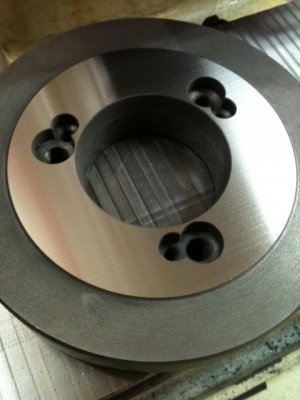
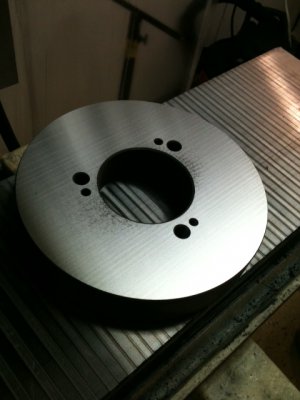
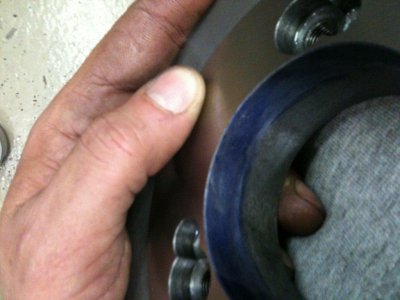
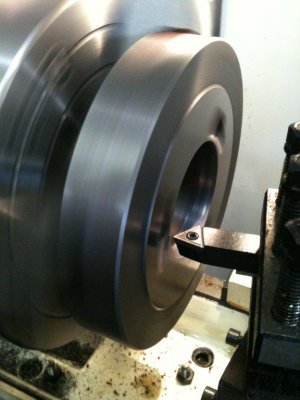
For screw-on types, the work is not as complicated because there's not much you can do but D1-x types need a good bit of work. When I purchased several new backs, I was amazed at how far off things were. The nose tapers weren't even close -or all that round as a matter of fact. I reset the geometry and surface ground first the spindle side then lightly went over the chuck side. After getting the back's taper to match the spindle nose taper, I cut it just deep enough to allow the backs to come into contact just right.
I knew that my chucks were square because I'm the original owner and surfaced them when I got them. Anyhow, after tuning-up all the D1 backs, all of my chucks re-mount either dead-on or within a half thou.
Can someone explain why a 6.25" round plate with a few holes in sells for so much? $188 sounds like a lot for a backplate but i have seen them priced like this as well I am sure that I am missing something. Thanks!






